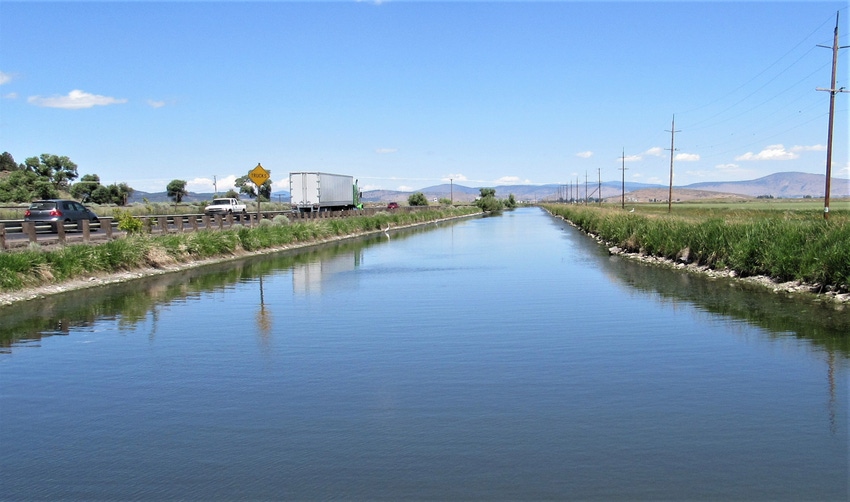April 6, 2021

As drought worsens in the West, a coalition of more than 200 farm and water organizations from 15 states that has been pushing to fix the region's crumbling canals and reservoirs is complaining that President Joe Biden's new infrastructure proposal doesn't provide enough funding for above- or below-ground storage.
Unveiled March 31, Biden's American Jobs Plan outlines $111 billion for drinking water infrastructure; $50 billion for various drought, wildfire and agricultural resources management infrastructure investments; $45 billion for lead pipe cleanup; and $10 billion to monitor drinking water, notes the Association of California Water Agencies.
But groups including state Farm Bureaus, the Family Farm Alliance and Western Growers said it would urge the federal government to further bolster investment in the nation’s aging water facilities.
The groups, which collectively represent $120 billion in agricultural production from Hawaii to Kansas, have been pushing since January for rehabilitation of existing canals and reservoirs that were built more than 50 years ago and are in desperate need.
Though the details of Biden's plan are still forthcoming, the coalition said it looks forward to working with lawmakers on water storage and conveyance facilities, along with federal financial mechanisms for such water projects, the groups said in a joint media statement.
Related: Ag industry mixed on Biden’s infrastructure plan
"Infrastructure needs in the West are different from other regions of the country, and they deserve the attention and investment which will come from the vigorous debate which will now begin in earnest," National Water Resources Association President Christine Arbogast said. "We look forward to working with the administration and Congress on this critical effort.'
Decades of neglect
After decades of neglect, Western water projects are unable to meet current human and environmental needs, Western Growers chief executive officer Dave Puglia said.
“While highways and bridges are front and center in the administration’s proposal, federal investments in water storage and conveyance present an opportunity to strengthen our farming and rural communities while providing good-paying jobs and an economic boon for the construction industry," he said.
Related: Farm groups prod Biden, Congress on Western water
The organizations joined forces after nearly 60 growers and organization leaders spoke in a December online forum on getting the most from limited water supplies in the West.
Speakers told the USDA’s Natural Resources Conservation Service they’d like to see a stronger focus on groundwater recharge, fixes to crumbling infrastructure and the continuation of a federal Water Subcabinet created last year by then-President Donald Trump.
Committees in the U.S. Senate and House of Representatives held hearings last month on infrastructure needs. Among the participants at a March 11 House subcommittee hearing was Family Farm Alliance executive director Dan Keppen, who discussed the importance of renewing the Water Infrastructure Improvements for the Nation (WIIN) Act, the need for continued federal spending on multipurpose water facilities, regulatory streamlining of construction projects and protecting water resources from wildfire, according to the organization.
Related: Drought takes hold in West after second dry winter
“The severe drought punishing much of the West only emphasizes the need to plan now for future droughts and provide the funding needed to not only fix, but to ‘build back better’ the national system responsible for delivering water to homes, businesses, farms and the environment,” Keppen said.
The effort comes as dry conditions in much of the West have intensified what the National Oceanic and Atmospheric Administration is calling the most significant U.S. spring drought since 2013, affecting an estimated 74 million people.
The USDA has declared a drought in numerous counties throughout the region as growers in many areas brace for water cutbacks.
About the Author(s)
You May Also Like






